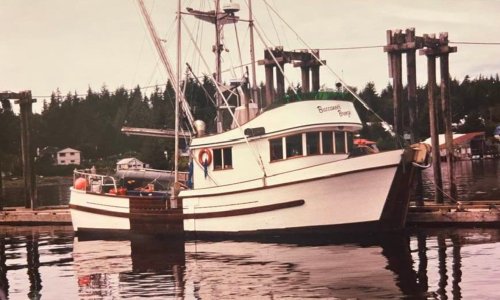Ship model kits here in the USA typically include basswood as a planking material. European kits use a European relative called lime (not the citrus fruit) They also include a mystery wood that they call “walnut” to overlay the lime to allow the model to be finished naturally. I believe that there are two reasons for this: First, the obsession for mimicking the lovely dockyard models of the Seventeenth and Eighteenth Centuries and second to avoid painting which many model builders hate to do. IMHO the models would look much better painted.
Hopefully, you are planning to paint your model.
At least here in your southern neighbor, basswood is readily available from specialty lumber dealers, but I have another suggestion- Pine. You should be able to find this locally as construction lumber. If you are scratch building a 36” long model you must have a well equipped workshop. Go to your local lumberyard and sort through the pile of 1” lumber, looking for straight grained stock. It doesn’t have to be knot free as you will be sawing it up. Pine is harder than basswood, but not too hard to be easily worked.
I don’t know how well pine bends, but if you can find some Spruce, it bends well. It is lighter than pine.
These overlooked native softwoods can be used to build nice models.
Roger









